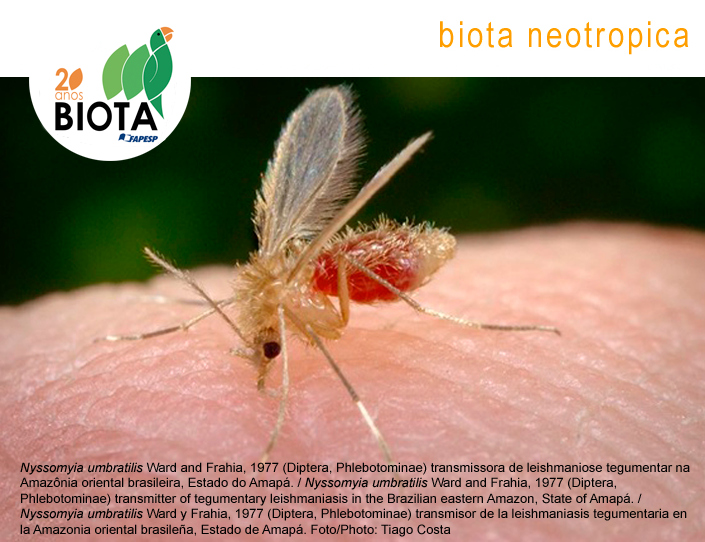Hummingbird-plant networks in rupestrian fields and riparian forests in altitudinal areas of the Serra da Canastra National Park, Minas Gerais, Brazil
Abstract
Abstract: Hummingbirds are specialized in consumption of nectar and play an important role in Neotropical plant communities acting as pollinator organisms. Despite the importance of this mutualistic interaction, studies about hummingbird-plant relationships remain scarce regarding the Cerrado domain (Brazilian savanna). In this study, we aimed to describe the interaction network between hummingbirds and plants in rupestrian fields and riparian forests located in altitudinal areas of the Serra da Canastra National Park. We established two transects in each phytophysiognomy, that were sampled monthly for four days, from November 2018 to October 2019. Flowering plants in each transect were observed each survey, and all the visiting hummingbirds were recorded. Networks were constructed using the R bipartite package, considering each phytophysiognomy type, and grouping data of both environments. From these three network arrangements, we extracted complementary metrics at the community level (modularity, nestedness, and network specialization index), and at the species level (species specialization index and species strength in the network). We recorded 647 interactions between 10 hummingbird species and 23 flowering plant species. The hummingbird Colibri serrirostris was responsible for most of observed bird-plant interactions and the plant Qualea cordata was the most visited. The general network was significantly modular, comprising four modules, and showed considerable high specialization and low nestedness. The interaction network in the rupestrian field showed a higher specialization, nestedness, and modularity index when compared to riparian forests, while the metrics of this ecosystem did not differ from those of the general network. However, the metrics at hummingbird species level did not differ significantly between phytophysiognomies. This study corroborated some findings about hummingbird-plant networks in other areas of the Cerrado domain, but also pointed idiosyncrasies in networks of the investigated phytophysiognomies, especially the rupestrian fields.Published
2022-01-01
How to Cite
Maianne, M., Fieker, C. Z., Dias, M. M., & Reis, M. G. dos. (2022). Hummingbird-plant networks in rupestrian fields and riparian forests in altitudinal areas of the Serra da Canastra National Park, Minas Gerais, Brazil. Biota Neotropica, 22(2). Retrieved from https://www.biotaneotropica.org.br/BN/article/view/1901
Issue
Section
Articles
